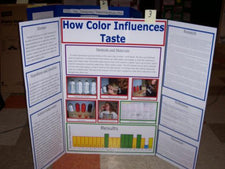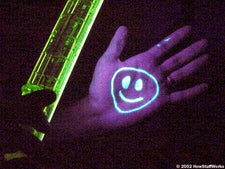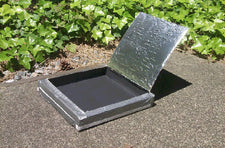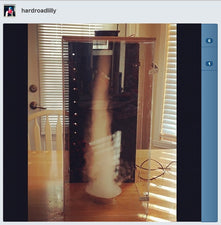Stars: Discovering The Relationship Between Brightness & Distance

Ever marveled at the night sky - wondering exactly how far away each shining star is from the Earth? Scientists have long studied heavenly bodies, discovering that their brightness or intensity changes with distance. In fact, they hypothesize that the relationship between brightness and distance follows an inverse-square law. This means, for example, that if the distance from the light source (the star) doubles, its intensity decreases by a factor of four (the square of the distance). This phenomena occurs because, as the distance increases, the light is forced to spread out over a larger surface area making it less 'focused' and less intense. Project Overview
In this science fair project, designed by Kristin Strong of Science Buddies for sixth and seventh grade level students, students will confirm the inverse-square relationship between brightness and distance on a much smaller scale with a simple lamp and a light meter. Students will test the intensity of the light at several distances, doing several trials at each distance for accuracy, and then analyze the results.
For project instructions (including several instructional pictures), a list of needed materials, mock experiment tables, project variations, and helpful questions for exploration and analysis, be sure to visit Science Buddies for the full post!



















